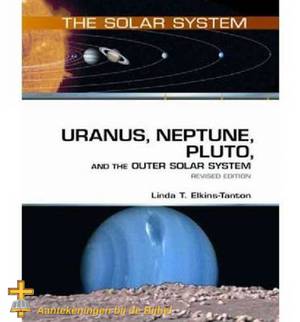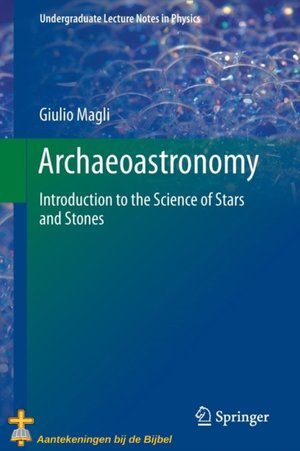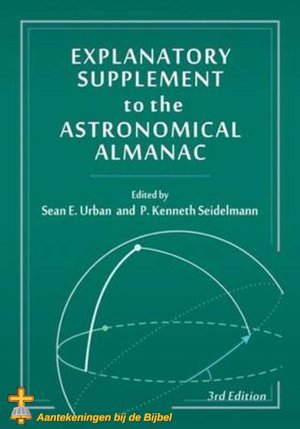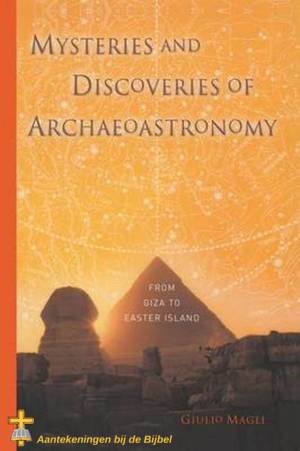
welke resulteren in allerlei aantekeningen.
Een planeet is een hemellichaam dat om een ster beweegt. Planeten hebben genoeg massa om een ronde vorm te benaderen, maar te weinig massa om in hun binnenste tot kernfusie te leiden, zodat ze zelf geen licht geven. In het Zonnestelsel bewegen acht planeten om de Zon (Mercurius, Venus, Aarde, Mars, Jupiter, Saturnus, Uranus en Neptunus).
De volgende planeten worden genoemd in de Bijbel:
In de Babylonische Talmoed worden vijf planeten genoemd: Kokhav-Hammah ("zon-ster", Mercurius), Nogah ("fel-licht", Venus), Ma'adim ("rood", Mars), Tsedeq ("gerechtigheid", Jupiter) en Shabbetai (Saturnus, waarschijnlijk met een connectie naar Sabbat) (Shabbath 156a-b).
De definitie van een planeet is door het IAU vastgesteld als ("IAU 2006 General Assembly: Result of the IAU Resolution votes". International Astronomical Union. 2006):
In het zonnestelsel zijn acht planeten (Mercurius, Venus, Aarde, Mars, Jupiter, Saturnus, Uranus en Neptunus). De laatste vier worden gasreuzen genoemd, hoewel Uranus en Neptunus tegenwoordig worden aangeduid als ijsreuzen, omdat ze voornamelijk bestaan uit bevroren methaan, ammoniak en water. De eerste vier worden Aardse planeten of terrestrische planeten genoemd, waaronder soms ook de dwergplaneten Pluto ("IAU 2006 General Assembly: Result of the IAU Resolution votes". International Astronomical Union. 2006), Eris, Makemake, Haumea, Ceres , de Maan en de andere manen worden gerekend.
Begin 2016 werd door de astronomen Konstantin Batygin en Michael E. Brown gesteld dat er mogelijk een negende planeet in ons zonnestelsel is gevonden (Batygin, Konstantin and Brown, Michael E. (2016) Evidence for a Distant Giant Planet in the Solar System. Astronomical Journal, 151 (2). Art. No. 22. ISSN 0004-6256).
Ook bij andere sterren zijn planeten ontdekt. Zo zijn bij de dwergster Trappist-1, in het sterrenbeeld Aquarius, zeven 'aardachtige' planeten ontdekt (AD, Doorbraak in jacht op planeten met buitenaards leven, 22 feb. 2017).
     |
![]() Zie de huisregels welk commentaar wordt opgenomen!
Zie de huisregels welk commentaar wordt opgenomen!